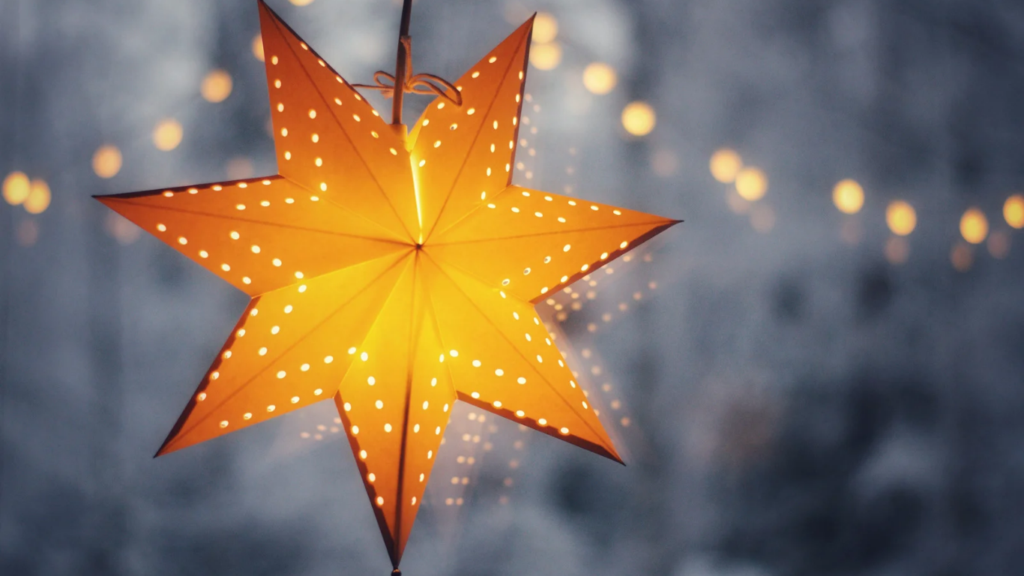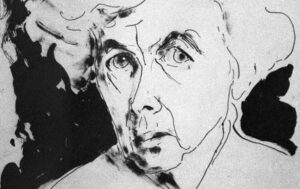"You can't go until the first star!" - Those who lived in Russia in the 1990s should be familiar with a commercial for a bank. In the story, a company headed by Catherine the Great is celebrating Christmas at the tsar's table. The table is bursting with viands, guests are having fun, and at some point the empress asks Alexander Suvorov, why he does not eat anything. And, as a true Christian, Alexander Suvorov with one phrase calls the whole company ashamed of breaking traditions. So, the bank has long been bankrupt, but we still remember the phrase about the first star. Because it is directly related to the Orthodox holiday - Christmas Eve. Christians love it, and every family celebrates the night before Christmas in its own way.
What is Christmas Eve
In fact, there are two Christmas Eves - in the Orthodox tradition it is customary to celebrate two evenings before the major January holidays - Christmas and Epiphany. Yes, the evening of January 18 before Epiphany is also called Christmas Eve.
And the word "Christmas Eve" is an unofficial, folk name for Christmas Eve, which is the name of a Lenten dish - "sochivo" - that was usually on the table.

Why celebrating the night before Christmas
This is also connected with church tradition. First of all, the evening before Christmas was the end of another pre-Christmas fast. That is why we started the article about the famous phrase of the commander at the Empress' ball.
On this day one could not eat until the first star rose, so everyone waited until evening. Only fasting food was served. There were twelve dishes, according to the number of the apostles, and each one had to be eaten at least a little bit.
Second, people rejoiced at the imminent birth of the baby Jesus, who was born at night. Therefore Christmas Eve is the beginning of the celebration of Christmas itself.
Why fasting before Christmas
Interestingly, Christmas Eve marks the end of the Philip's Fast, which begins on November 28 and lasts 40 days. A hundred years ago, Orthodox Christians strictly observed all the traditions - they ate only fasting food and prayed. And also reflected on their life path. And, if now Christmas fairs begin at the end of November, and the New Year mood covers almost the entire planet, according to Church rules, it is a time of solitude and refusal of pleasures.
By the way, we told you about Advent, the period before Catholic Christmas, in the article here.
So, fasting on the eve of Christmas helped believers to cleanse their minds and bodies from all worldly things, to look inside themselves and tune in to the celebration of the birth of the Savior.
Folk traditions on Christmas Eve
What do we think of when we talk about Christmas Eve? Of course, carols - Christmas songs with which children went around the house that evening and received treats. In fact, this folk custom came from pagan times, when people celebrated the Day of the Winter Solstice. With the advent of Christianity, these dates were superimposed, and it turned out that religious canons and pagan traditions were closely intertwined. We talked about this in detail previously.
Christmas fortune-telling is also an integral tradition of this evening. It was on the night before Christmas that girls started fortune-telling about grooms and their future. And this period ended only on the night before Epiphany (the second Christmas Eve).


The Night Before Christmas in Russian Art
Russian writers have repeatedly addressed the theme of Christmas Eve in their stories and poems. For example, Fyodor Mikhailovich Dostoevsky dedicated his story "The Boy at Christ's Christmas Tree" to an orphan who had a dream about a Christmas tree before he died.
But perhaps the most famous workdedicated to this holiday, the tale "The Night Before Christmas" by Nikolai Vasilyevich Gogol. The story was written in 1832, almost 200 years ago.
Over the past 100 years, several film and animated screen adaptations of this magical tale have been produced.
And in 1894-95, the great Russian composer Nikolai Rimsky-Korsakov dedicated an opera in four acts to this work.
Russian painters also paid special attention to this day. For example, Karl Bryullov's painting "Fortune-telling Svetlana" (1836) shows a girl fortune-telling in front of a mirror on Christmas night. Alexander Buchkuri's painting "Christmas Bazaar" (1906) depicts street preparations for the holiday - buying food for the table, choosing gifts and a Christmas tree.
Nowadays Christmas Eve is celebrated in Orthodox families - in the evening of this day people go to church, to the night liturgy. The rest of us just spend the evening at the family table, exchanging small gifts.
If you want ideas on how to spend Christmas with your loved ones and what you can play, read our article.
More interesting articles can be found on our blog.







